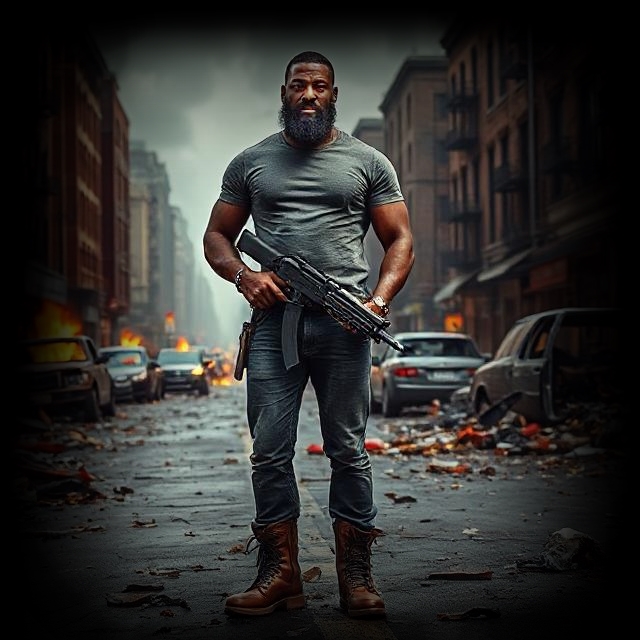Private Investigations 2: A John Rourke detective Story (Private Investigations: John Rourke Private Detective Stories) Kindle Edition Book 2 of 3: Private Investigations: John Rourke Private Detective Stories by W. W. Watson (Author) Format: Kindle Edition J
Book 2 of 3: Private Investigations: John Rourke Private Detective Stories
John Rourke is a private detective with contacts and a license to practice from New York to Arizona. He has the resources he needs across the country to find the information he needs to crack the toughest cases. Ex-cops, ex-Cons, snitches, stoolies, drug addicts, criminals, drug dealers and any kind of scum of the earth you can imagine or care to name. He knows the seedy side of life and to some people that makes him indispensable…
Book two:
My apartment, usually a sanctuary of quiet solitude, became a temporary forensic lab. The dining table transformed into a command center, littered with maps, photographs, financial records, and transcripts of intercepted phone calls. The air hung heavy with the scent of stale coffee and the lingering aroma of cheap takeout containers. Days bled into nights as I painstakingly organized the evidence, meticulously documenting every detail, creating a comprehensive narrative that would stand up to the scrutiny of the legal system… #BookWorm #Readers #KindleUnlimited #WWWatson #Crime #Noir #Mystery #PrivateEye
Home: https://www.wendellsweet.com





































